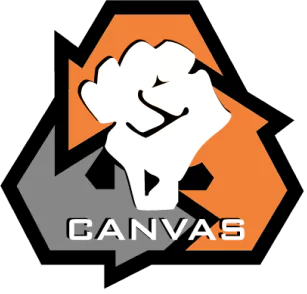Dec 1, 1912-1920
United States of America
National Woman’s Party Demonstrations
Share
ACTIVISTS/ACT.GROUPS/DESCRIPTION OF THE GROUP
National Woman's Paty
TARGET
Uinted States government
WIDELY HELD BELIEF
Women’s voting rights must be prioritized.
CASE NARRATIVE
Issue and Opponnent: The origins of the National Woman’s Party (NWP) date from 1912, when Alice Paul and Lucy Burns, young Americans educated in the militant tactics of the British suffrage movement, were appointed to the National American Woman Suffrage Association’s (NAWSA) Congressional Committee. They injected a renewed militancy into the American campaign and shifted attention away from state voting rights toward a federal suffrage amendment. Alice Paul and Lucy Burns received only reluctant support from the NAWSA and were responsible for generating their financial support and recruiting members. Despite NAWSA’s disinterest in a constitutional amendment and its opposition to militancy, the women remained determined to drum up political support from Senators and Congressmen in Washington. Dilemma Action: The Congressional Union for Woman’s Suffrage (CU), founded in April 1913, started an aggressive suffrage campaign as a separate organization from the NAWSA. Its members held street meetings, distributed pamphlets, petitioned and lobbied legislators, and organized parades, pageants, and speaking tours. Despite losing support from the NAWSA, the Congressional Union continued its suffrage campaign with vigorous militant energy. In January 1917, the CU and NWP began to picket the White House. Nearly 2,000 suffragists traveled from 30 states to take turns on the picket line. Demonstrations also took place in nearby Lafayette Park, where in August and September 1918, the NWP burned copies of Wilson’s speeches and his picture in effigy. The government’s initial tolerance gave way after the United States entered World War I. In June 1917, suffrage protestors were arrested, imprisoned, and often force-fed when they went on hunger strikes to protest their denial of political prisoner status. The tactics used by the NWP to accomplish its goals were versatile and creative. Its leaders drew inspiration from a variety of sources, including the British suffrage campaign, American labor activism, and the temperance, antislavery, and early women’s rights campaigns in the United States. Traditional lobbying and petitioning were the mainstay of party members. Outcome: The National Woman’s Party, along with other suffragettes, succeeded in securing their right to vote through the passage of the 19th amendment, and was signed into law on August 26, 1920. They also drew closer to full equality under the law, and in the years ensuing many suffragettes began the campaign for the Equal Rights Amendment. The National Woman’s Party grew from local support to national membership and extensive media coverage. In the 1920s, and continuing until 1972, the organization worked to introduce the amendment to various sessions of Congress and urged state governments to support equal rights legislation. The party ceased its political lobbying function in 1999 when it became a nonprofit educational organization. The NWP’s militant tactics and steadfast lobbying, coupled with public support for imprisoned suffragists, forced President Woodrow Wilson to endorse a federal woman suffrage amendment in 1918. Congress passed the measure in 1919, and the NWP began campaigning for state ratification. Shortly after, Tennessee became the 36th state to ratify women’s suffrage.
PRIMARY STRUGGLE/GOAL
NONVIOLENT TACTICS USED
DA TACTICS USED
Assemblies of protest or support
Banners/posters/displayed communications
Group or mass petitions
Protest meetings
CASE NARRATIVE WRITER
SUCCESS METRICS
10 / 12
(CONC) Concessions were made
(EREP) Dilemma action got replicated by other movements
(MC) Media Coverage
(OR) Opponent response
(PS) Dilemma action built sympathy with the public
(PUN) Punishment favored the activists
(REFR) Dilemma action reframed the narrative of the opponent
(RF) Dilemma action reduced fear and/or apathy among the activists
(SA) Dilemma action appealed to a broad segment of the public
Artivism
PART OF A LARGER CAMPAIGN
3 / 3
Activist group continued working together after the action
Encouraged more participants to join the movement
Internally replicated by the same movement
RESOURCES
Project documentation
Dilemma Actions Coding Guidebook
Case study documentation
Dilemma_Actions_Analysis_Dataset
SOURCES
Anon. N.d. “Tactics and Techniques of the National Woman’s Party Suffrage Campaign” Library of Congress. Retrieved July 14, 2023. (https://www.loc.gov/static/collections/women-of-protest/images/tactics.pdf).
Anon. N.d. “Historical Overview of the National Womans Party.” Library of Congress. Retrieved July 14, 2023. (https://www.loc.gov/collections/women-of-protest/articles-and-essays/historical-overview-of-the-national-womans-party/).
Bell et al. N.d. “Chapter 1: The Congressional Union 1913-1916.” University of Washington. Retrieved July 14, 2023. (https://depts.washington.edu/moves/NWP_project_ch1.shtml).
Noble, Sarah. 2008. “U.S. National Woman’s Party campaigns for suffrage, 1914-1920.” Global Nonviolent Action Database, August 18. Retrieved July 14, 2023. (https://nvdatabase.swarthmore.edu/content/us-national-womans-party-campaigns-suffrage-1914-1920).
Anon. N.d. “National Woman’s Party.” Alice Paul Institute. Retrieved July 14, 2023. (https://www.alicepaul.org/nwp/).
Lange, Allison. 2018. “Parading for Progress.” National Women’s History Museum, March 1. Retrieved July 14, 2023. (https://www.womenshistory.org/exhibits/parading-progress).
Related cases
Oct 16, 2003-2003
Bolivia
In early September, the government announced its plan to export its national resource: gas. An already economically suffering population was outraged to hear this reso...
/
Dec 5, 1955-1956
United States of America
Following the arrest of Rosa Parks on December 1, 1955, the Montgomery Bus Boycott was organized. It became one of the defining moments of the Civil Rights Movement in...
/
Mar 1, 2009-2009
Pakistan
In 2007, President Musharraf suspended the chief justice, Iftikhar Chaudhry, of the Supreme Court who had challenged Musharraf’s control of the judiciary. Chaudhry cha...
/
Subscribe to our newsletters to get full access to all materials on our website.

